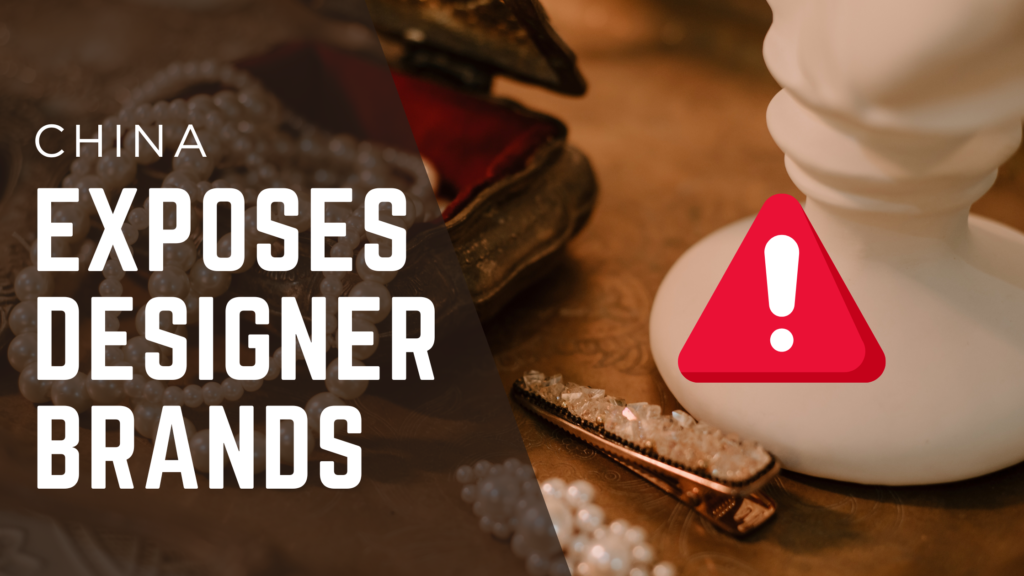
Check out the real prices of products here
China Exposes The Real Cost Of Luxury Brands
In a stunning turn of events, The true cost of luxury clothing has been exposed by China. What started as a response to President Trump’s aggressive tariff policies has evolved into a full-blown exposé of the fashion industry’s best-kept secrets.
TikTok has emerged as the unlikely hero in this story, with factory workers and content creators from China’s manufacturing heartlands taking to the platform to reveal the truth behind America’s most beloved fashion brands. The videos are raw, unfiltered, and eye-opening – showing how products that proudly display “Made in USA” labels are actually being churned out in factories across Guangdong and Zhejiang.
The most shocking revelation? The astronomical markup on these products. A factory worker recently went viral after demonstrating how a designer handbag that retails for $500 in American stores costs a mere $30 to produce. This isn’t just about one brand or one product – it’s a systemic issue affecting some of fashion’s most iconic names.
Ralph Lauren and Calvin Klein, brands that have built their empires on the promise of American craftsmanship, are now facing unprecedented scrutiny. Workers are sharing unedited footage from production facilities, showing the reality behind the carefully curated brand images. This transparency has given rise to a thriving parallel market in China, where identical products are available at a fraction of their U.S. retail prices.
The luxury industry’s dirty little secret is now out in the open. These brands have mastered the art of the markup, transforming $30 products into $500 status symbols through clever marketing and strategic labeling. The “Made in France” or “Made in Italy” tags that justify premium pricing often represent nothing more than final touches added in Europe, while the actual manufacturing happens in Chinese factories where workers earn a fraction of what their American counterparts make.
The numbers tell a compelling story. Chinese manufacturing wages sit at just 20% of U.S. levels, while up to 80% of luxury items from major brands are produced in China. The $380 billion global luxury market is feeling the impact, with a 2% decline in 2024 marking the beginning of what could be a significant shift in consumer behavior.
This exposé comes at a critical moment in U.S.-China relations. The Trump administration’s 145% tariff on Chinese goods has created a perfect storm, though electronics manufacturers have managed to secure some relief. While the White House claims these measures will boost domestic production, the real story might be the irreversible damage to consumer trust in luxury brands.
The Chinese luxury market is undergoing a seismic shift. Once accounting for 50% of global luxury sales, China’s share has plummeted to just 12%. A new generation of Chinese consumers is rejecting Western luxury labels in favor of local alternatives, prioritizing authenticity and value over status symbols.
The question now is whether the luxury industry can survive this level of transparency. As consumers become increasingly aware of the true cost of production, the carefully constructed illusion of exclusivity and superior quality is crumbling. This moment could mark the beginning of a new era in global consumer culture, one where value and authenticity triumph over brand prestige and manufactured exclusivity.
The fashion industry’s response to this crisis will be telling. Will they double down on their current business model, or will they adapt to a new reality where consumers demand transparency and fair pricing? One thing is certain – the days of charging premium prices for mass-produced goods while maintaining the illusion of exclusivity may be coming to an end.
Find a list of prices for products at what they cost to manufacture by clicking below!
